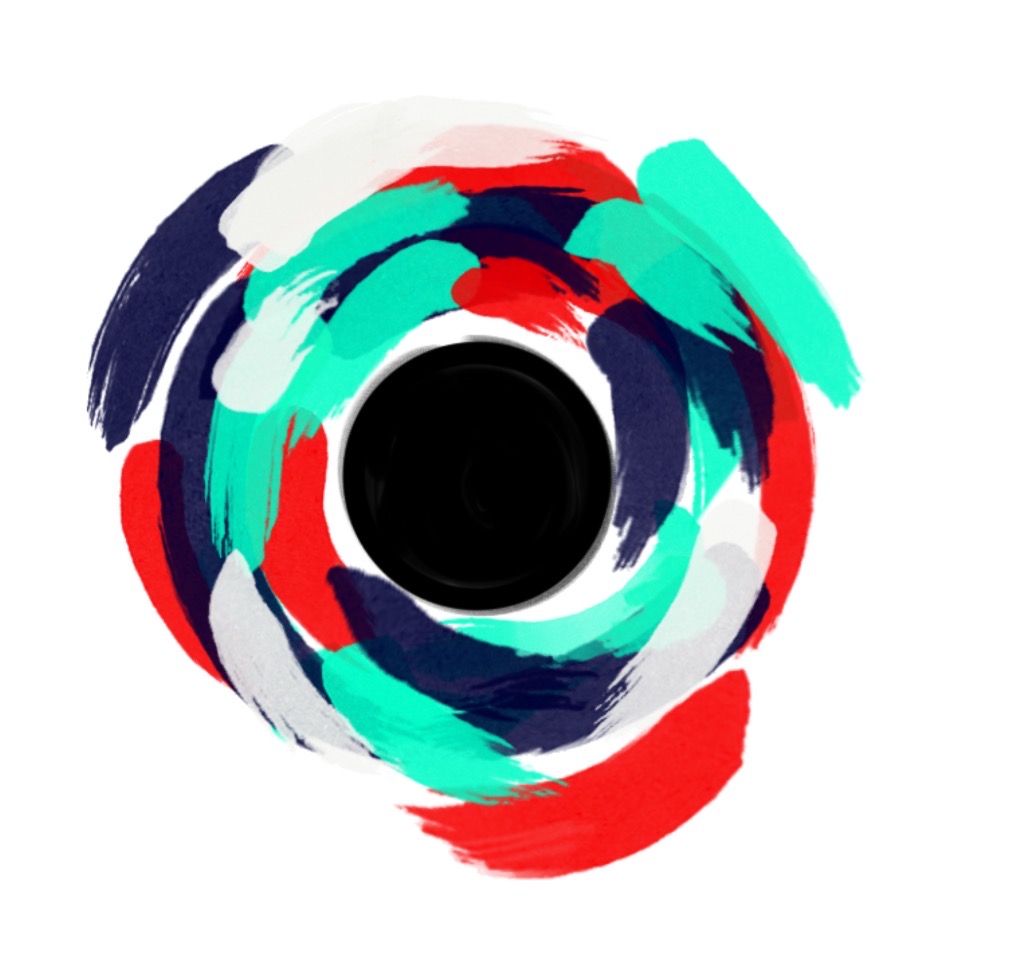Currently, I have three sketchbooks running simultaneously. One is dedicated to my art, one to design (for university) and one travel sketchbook that I take with me everywhere. Here are a few examples of how I use them:
Firstly, my art sketchbook (my favourite one but definitely not the most important one):
Artist Study
I use this sketchbook to explore my favourite artists. In my opinion, looking at other artists far improves your skills. Look at the composition, the concepts the mediums used and it will definitely help your art (or artist block!). But since Im a little bit of a dork I research their lives and record that as well. I have a reason! It really helps my understand their art - specifically the personal reasons behind their pieces.
Exploring Mediums
This page is pretty self-explanatory. Testing mediums and practicing a little bit before creating your final piece is a good idea and your sketchbook is the best place to do it. You can always refer back to it! Even if you don't do it in your sketchbook, keep those scribbles! Might need them later.
Subject Study
This is one of the most useful types of pages! A subject study of whatever you're painting/drawing will help you be accurate and understand the shapes, textures and colors involved in your subject. This exploration can take the form of sketches or photographs (really, whatever is easiest at the time). This page was for my charcoal trees.
Case Study
Similar to the Artist Study page, this to explore other artists but one or two works specifically. Again, it helps develop your skills, knowledge and ideas. These paintings are by Deborah Cauchi (see the post Unknown!)
Recording Development
This may not be very important in your process or you may do it differently but I like to record the development of many of final pieces.
Now my design sketchbook...
Design Ideas
I use this sketchbook to sketch my ideas for facades, structure, construction etc etc. Its good to record all of your thoughts as its later easier to explain it to your classmate/tutor/client.
Field Notes
I also use it for field notes. Like the site section above.
Finally my travel sketchbook...
Exploration Sketches
To be honest I use this sketchbook for everything but here's an example: I use it to explore buildings. I love sketching my way (does that make sense??) through a building or even a city as it helps me truly enjoy the details. It's also a requirement of the trade (as an architecture student)!
Field Notes (again)
I may have multiple sketchbooks but even I don't have a full-size one on me all the time. This is where the travel sketchbook comes in handy for field notes (for paintings, buildings, design, sites etc etc). Having one of these all the time really helps your quick sketching skills as well!
That became a really long post, I didnt realise how much I record! To be honest I don't do this for every piece. There are definitely those impromptu 2 am paintings that are stuffed in the back. Of course, I would only display the good looking pages!! Anyway, hope it helps you use your sketchbook!
Shivani
Art is a Language is an online portfolio as well as store for Shivani Sarjan’s artwork; focusing on sharing development, processes and final works as well as how an amateur artist may accomplish these.






